Painful Sex: Causes and Treatments
…practice of stress-reduction techniques, such as meditation or yoga, can help alleviate psychological causes of pain. Diet and Exercise: A healthy lifestyle can positively impact hormonal balance and vaginal health….











